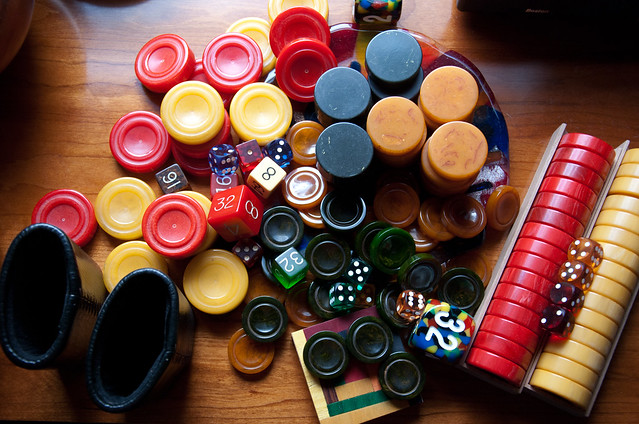I've got some veneer and plywood, I'm intending to make a backgammon board for a gift. Basically, I don't know what order of operations I should follow to "inlay" the triangles. Should I cut out all the individual pieces, tape them together then glue it all down? Or should I veneer the background wood into place, cut out and inlay the triangles after?
The current plan is to hammer veneer with hot hide, though I may also press in a caul press with liquid hide.
Any thoughts?





 Reply With Quote
Reply With Quote





